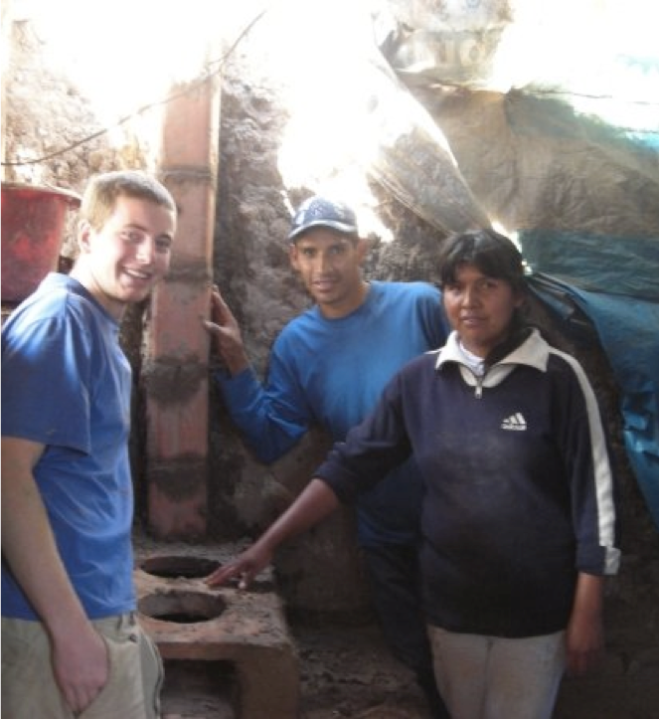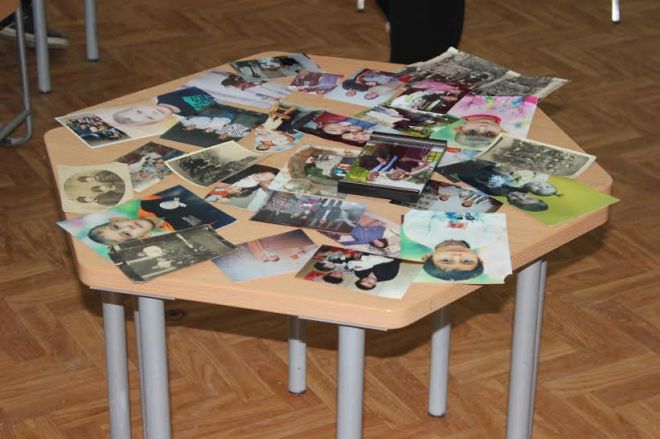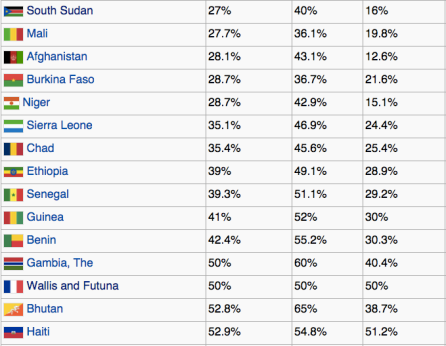I love Bulgaria. The food is delicious; the culture is rich; the language is beautiful; the history is fascinating; my neighbors and colleagues are unbelievably warm and hospitable; and my students are creative and passionate. And I could go on.
All that being said, there are a couple of things that really bother me about Bulgaria:
- There is very little interest in philanthropy or volunteerism. Living in Bulgaria has really helped me appreciate the volunteer culture we have in America. Many Americans are very generous with their money and their time to help people in need. Countless organizations collect money, organize events, or raise awareness to help tackle society’s biggest problems, and I think that’s admirable. I believe these are important values which is why I’ve done things like chair my fraternity’s community service committee, rebuild a struggling local family’s home after a devastating fire, mentor youth in Minneapolis, and teach English as a Second Language both in the Twin Cities and here in Bulgaria. For someone who has committed a lot of time to service, I was struck by the lack of it here in Bulgaria. I realize that standard of living plays a huge role, but it’s still something that disturbs me.
- There is a lingering pessimism here that prevents big things from being accomplished. Sometimes it feels like there’s an invisible barrier that stands in the way of progress. Problems that look to me like an opportunity look to many Bulgarians like an insurmountable obstacle. If I suggest a solution, I’m much more likely to be met with a “this is not possible” than a “that’s a great idea; let’s give it a shot!” It’s no secret either; most Bulgarians will openly share this part of their personality with you. Putting my finger on the specific causes of this sentiment is difficult. I sometimes wonder if it’s a sort of Communist hangover effect, whereby working hard or inciting positive change isn’t likely to pay off, so why bother? Regardless of the cause, to a blindly optimistic teacher like myself, this negativity can be very frustrating.
*Today, I’m going to introduce my mission to challenge both of those points.*
If you’ve been following my blog, you might have noticed that some of my recent lessons were a little untraditional. Specifically, I’m referring to four lessons I’ve introduced over the past few weeks, three of which were accompanied by blog posts (all linked below).
- Global literacy rates – In this class, I encouraged my students to imagine what life would be like if they couldn’t read or write. After discussing how much more difficult and less successful our lives would be, we reviewed literacy rates by country, and were shocked by the alarmingly high number of people who are illiterate. Two statistics that stood out in our minds were: One in seven adults can’t read and 250 million children lack access to a basic education.
- Crowdsourcing – Here we looked at the ability of crowdsourcing to take big problems, break them down into manageable parts, and leverage a vast online community to solve them. After reviewing successful crowdsourcing initiatives like Wikipedia and Waze, we looked at the overwhelming success crowdfunding has had supporting big, innovative, or charitable ideas.
- Viral Ideas – This lesson examined the elements that make an idea spread quickly or “go viral.” After discussing ideas that spread quickly like Je Suis Charlie, Selfies, and the Harlem Shake, we watched viral YouTube videos that had a combined 1.1 Billion views. We concluded that ideas are more likely to go viral when they tell a relatable story and trigger our emotions.
- Making a Difference – I don’t have a separate blog post for this lesson, so I’m going to tell you about it now.
I am a firm believer that an individual can create significant, positive change in the world, and that he or she doesn’t have to be Bono or Oprah to make it happen. I think that’s an important lesson, and my goal for the day was to convince my 10th grade class (10A) that they were capable of achieving great things. To hammer this lesson home, I told them the story about my two months living and working in Peru through Duke Engage, because it was during those two months I first realized my capacity to help other people in a lasting and meaningful way. Here’s the story I told my class, and the corresponding pictures I shared in a Power Point:
“The summer after my sophomore year of college, I boarded a plane destined for Peru. I was young, energetic, and excited for an adventure.”
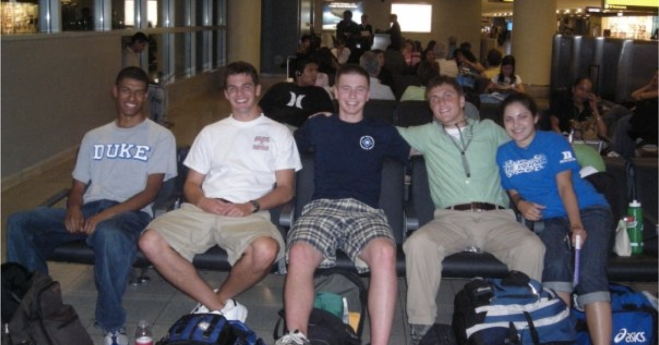
New York, NY –> Lima, Peru
“After arriving in Cusco, Peru, my classmates and I boarded a small bus to Urubamba, the rural Peruvian town I’d be living in for the next few months. The scenery during the drive was breathtaking, and my excitement grew as we neared my new, temporary home.”
“I moved in with a homestay family not realizing how close we would all become over the next two months. The relationships I built with my homestay mother Dulia, homestay sister Alison, and homestay uncle Andreas made up for the fact that my bedroom ceiling was a bright blue tarp and that my room was infiltrated by a huge rat. I wouldn’t trade it for anything.”

Dulia and me in front of our house
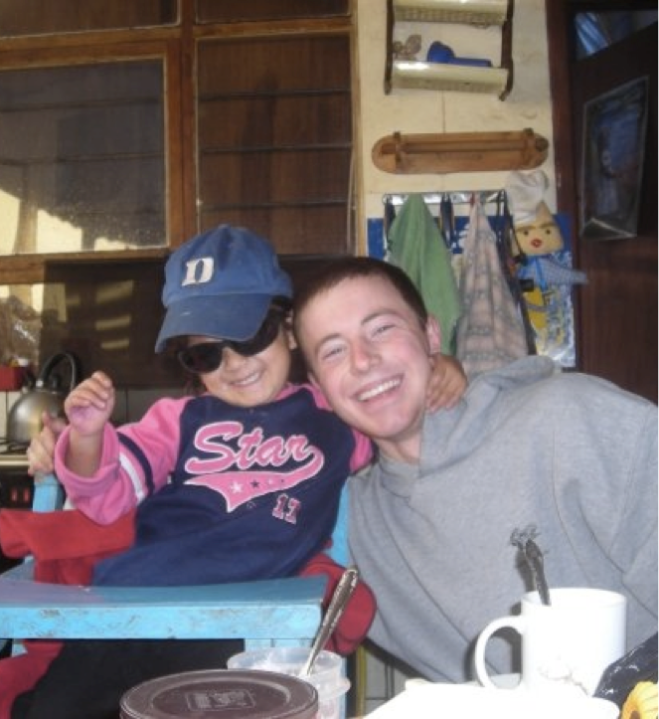
Alison rocking my hat and sunglasses
“While I treasure my homestay family immensely, the real reason I spent the summer in Peru was to work. Every morning, I woke up around 7 am, and traveled to rural villages in the Andes mountains. And when I say rural, I mean rural. To get to our work sites, we often had to take a motor taxi to a bus to a regular taxi, all before hiking up the mountains to our final destination. My job for the summer was to install stoves (cocinas). To understand why that’s important, you first have to understand a little more about traditional cooking in Peru. Cooking is usually done over an open flame in kitchens that lack proper ventilation. As a result, the homes are constantly filled with smoke which can be dangerous for anyone inside. The smoke inhalation caused headaches, incessant coughs, reduced lung capacity, and other serious health ailments such as lung cancer. As soon as I walked into a new work site, my eyes were always drawn to the black, soot-covered ceiling. My job was simple: to build ceramic chimney stoves that directed smoke safely outside the home. These stoves also used convection heating which cut the amount of firewood needed in half.”

Stove (notice the wall had turned black from the smoke put off by fire pit that existed here before the stove)
“Each stove build was far more than just a job. To me, each stove represented a relationship with a family. Typically, these new relationships started as I clumsily pushed a wheelbarrow overflowing with ceramic pipes up to the front door. Oftentimes the relationship got off to a rocky start. In addition to the language barrier (I spoke Spanish, but most inhabitants in these small, rural Peruvian villages only spoke Quechua, the old Inca language), many villagers were initially skeptical of the stoves I hoped to construct. ‘Who is this gringo, and why should I trust him,’ I’m sure they were thinking. It was only with great patience, elaborate hand gestures, and an ever-present smile that I was able to earn the trust of these families. Seeing them start to understand the key benefits of the stove was exhilarating. In most cases, skepticism eventually gave way to gratitude, and appreciative families prepared me warm meals to express their thanks. Frequently, the beneficiaries were anxious to help construct and personalize their new stoves.”
“By the end of the summer, I had installed approximately 90 stoves. That means I had implemented changes that would directly benefit the health of 90 families, or roughly 360 people. Now class, I’m not telling you this because I think I’m some hero or because I want you to think more highly of me. I’m telling you this because it was a turning point in my life. Seeing the impact of my work firsthand showed me that I have the capacity to make a real difference in the world. Knowing that children in those villages would no longer have to inhale smoke all day was motivating.”
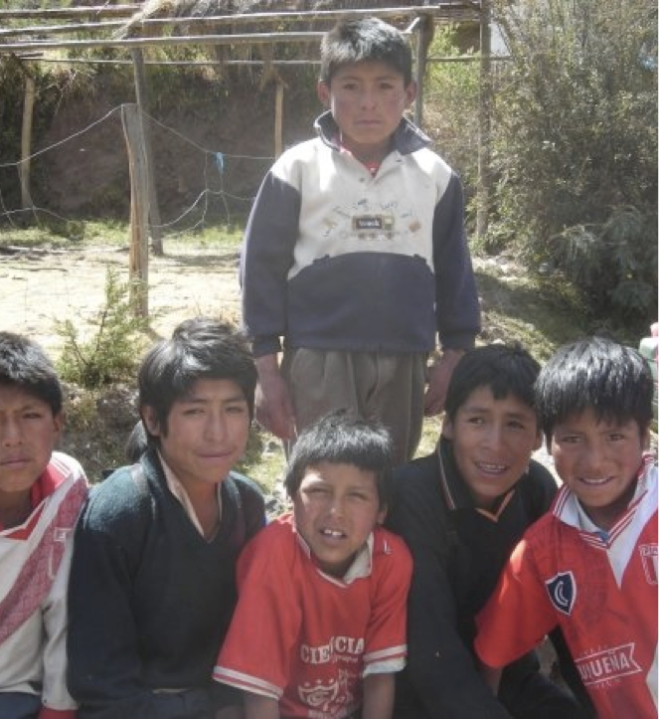
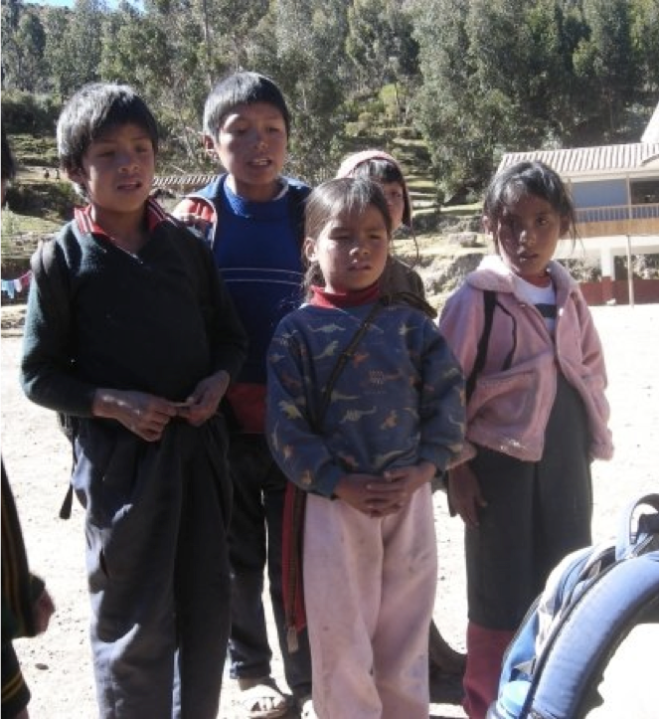
“This realization has been a driving force in my life ever since. It’s what motivated me to lead my fraternity’s service initiatives, mentor youth in my community, and even be here teaching English in Bulgaria. This was an important lesson for me, and I want instill the same belief in each of you. Take a few minutes, and watch this video:”
Now 10A might be my most talkative, rambunctious class, but they were completely silent during the video. The entire time I was thinking to myself…Would they be excited? Would they understand what I was challenging them to do? It wasn’t until they broke out into a huge applause when the video ended that I knew I had their attention. I fought back some emotion, and quickly covered my last slide which explained my plan for next steps (more on that later).
At this point, I turned to the class and asked: “So what do you think? Are you up for accomplishing something BIG?”
“YES!” The responses were overwhelmingly positive; my students were as excited as I’ve ever seen them. I breathed a sigh of relief knowing that they were up for the challenge, because this wouldn’t be easy. My emotions almost got the best of me once again when a couple of my students shared that a big part of why they believed we could accomplish this was because they believed in me as their teacher and leader. Attention like that always makes me uncomfortable, so I quickly tried to shift the focus back on them, but those comments will stick with me for the rest of my life.
We spent the final ten minutes talking through my initial plan. 10A’s creativity and spunk were paying dividends already, as they voiced several great ideas to contribute to our fundraiser.
With just a minute or two before the bell, one of my students raised his hand and said, “Michael, this is the most inspirated I’ve ever felt.” The teacher in me wanted to correct him, but I smiled to myself, and decided to let this one slide. All I wanted was to enjoy the energy and the moment.






